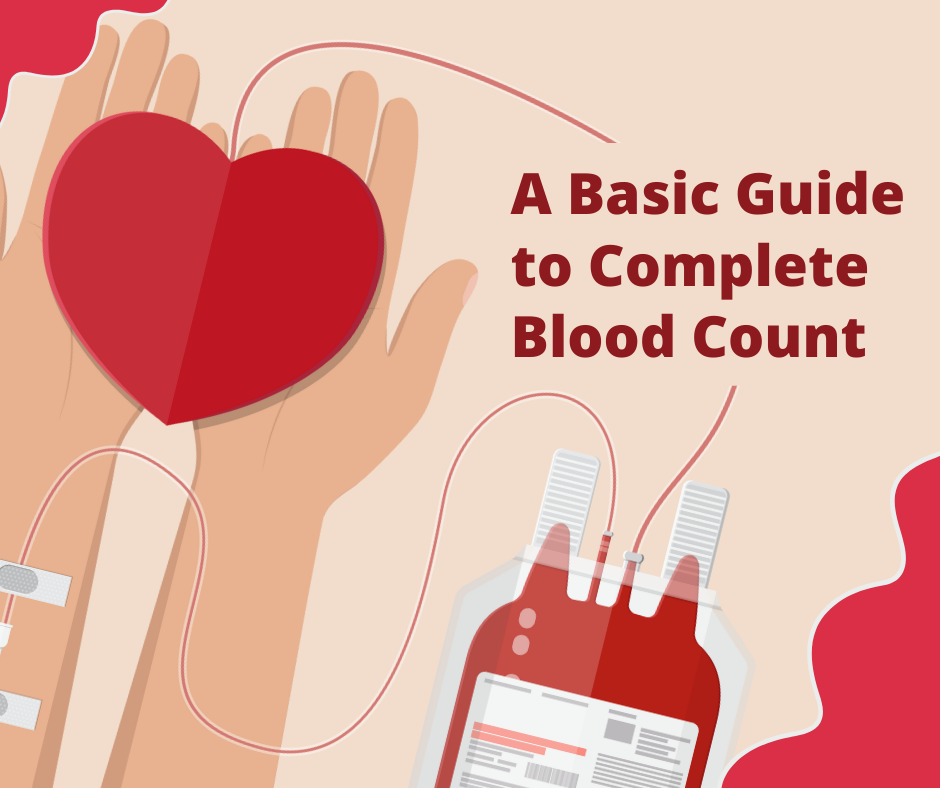A complete blood count, or CBC, is a very common blood test that looks at various components of your blood. The test can provide important information about your overall health and can help diagnose certain medical conditions. In this guide, we will explain the different components of a complete blood count and what the results can indicate.
What is a CBC?
A CBC is a blood test that looks at the levels of different types of blood cells, including red blood cells (RBCs), white blood cells (WBCs), and platelets. The test also provides information about the size and shape of these cells.
Why is a CBC Performed?
A CBC is often ordered as part of a routine health check-up or to monitor the progress of a chronic medical condition. The test can also help diagnose certain medical conditions, such as anemia, infection, leukemia, and other blood disorders.
What are the Components of a CBC?
The following are the components of a CBC:
1. Red Blood Cells (RBCs)
RBCs carry oxygen from the lungs around to the rest of the body. The CBC measures the number of RBCs in the blood and the amount of hemoglobin (Hb) in each cell. Hemoglobin is a protein in RBCs that binds to oxygen.
2. White Blood Cells (WBCs)
WBCs are the trusty cells of the immune system that help fight infections. The CBC measures the total number of WBCs in the blood and the percentages of different types of WBCs.
3. Platelets
Platelets are miniscule cells in the blood that assist with forming blood clots. The CBC looks at the number of platelets in the blood.
4. Hematocrit (Hct)
Hct is a measure of the percentage of RBCs in the blood. A low Hct can indicate anemia.
5. Mean Corpuscular Volume (MCV)
MCV is a measure of the size of RBCs. A low MCV can indicate iron deficiency anemia, while a high MCV can indicate vitamin B12 or folate deficiency anemia.
6. Mean Corpuscular Hemoglobin (MCH)
MCH is a measure of the amount of hemoglobin in each RBC. A low MCH can indicate iron deficiency anemia.
7. Mean Corpuscular Hemoglobin Concentration (MCHC)
MCHC is a measure of the concentration of hemoglobin in each RBC. A low MCHC can indicate iron deficiency anemia.
What are the Normal Ranges for a CBC?
The normal ranges for a CBC can vary depending on the age, sex, and health status of the individual. The following are the general normal ranges for adults:
- RBC count: 4.5-5.5 million cells/mcL
- Hemoglobin: 13.5-17.5 g/dL for men, 12.0-15.5 g/dL for women
- Hematocrit: 38.8-50.0% for men, 34.9-44.5% for women
- WBC count: 4,500-11,000 cells/mcL
- Platelet count: 150,000-450,000/mcL
What Can Abnormal CBC Results Indicate?
Abnormal CBC results can indicate various medical conditions. For example:
- A low RBC count, hemoglobin, and hematocrit can indicate anemia.
- A high WBC count can indicate infection, inflammation, or leukemia.
- A low platelet count can indicate bleeding or clotting disorders.
- A low MCV, MCH, and MCHC can indicate iron deficiency anemia.
- A high MCV can indicate vitamin B12 or folate deficiency anemia.
